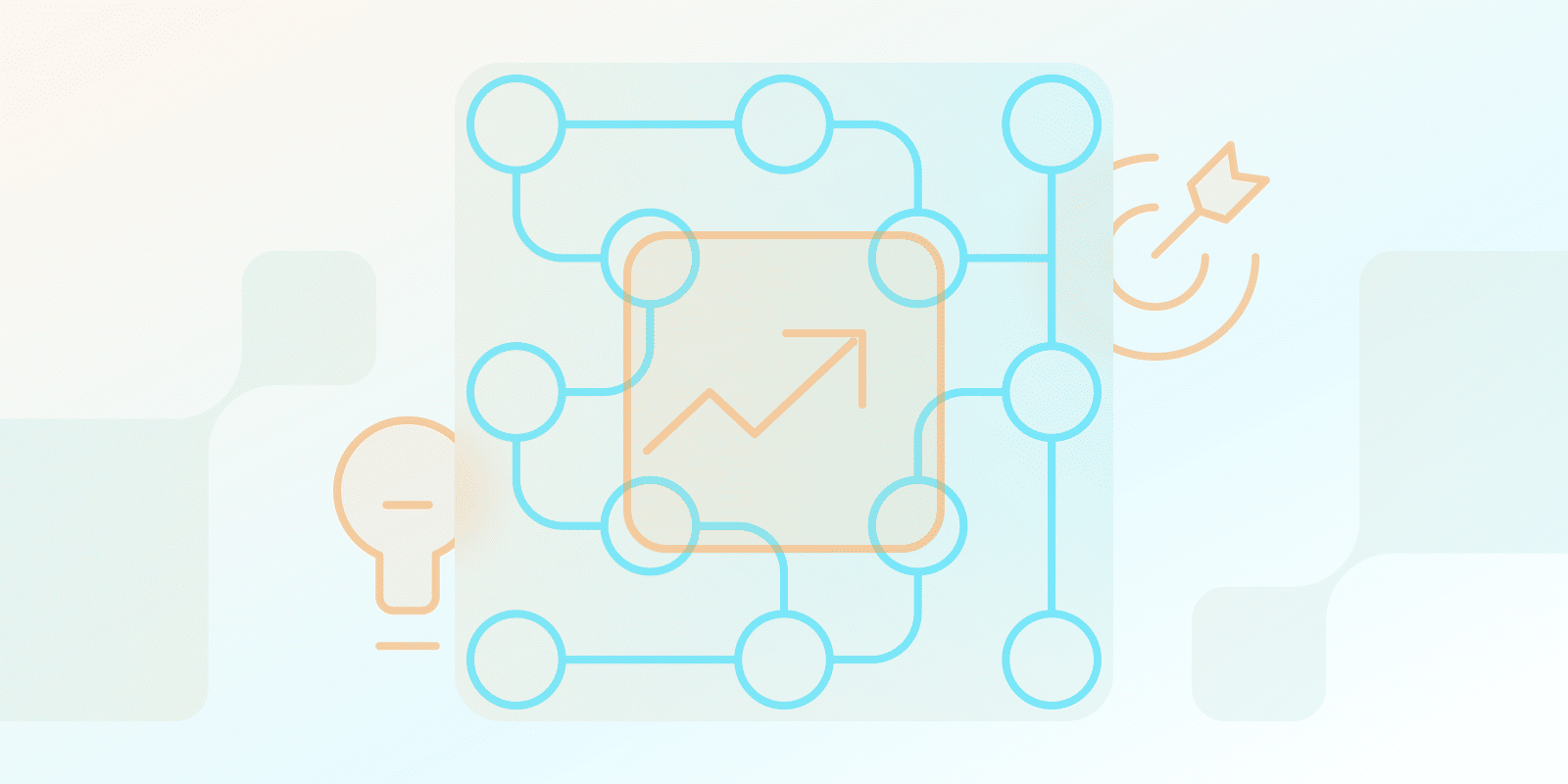Growth Strategies
What is Saas Data-Driven Growth?

What is SaaS data-driven growth?
The data-driven strategy is a technique employed by companies, including SaaS (software-as-a-service) businesses where data is used to understand customer preferences, adjust their offerings, and make informed decisions.
It allows you to utilize resources in specific areas. More than ever, small businesses use data to adapt to changes faster than large enterprises that rely on traditional methods.
To collect insights from data, choose a dedicated data analytics solution or hire a data specialist.
What are examples of a data-driven approach?
These real-world examples show how data is employed for business:
- Targeted Marketing: Algorithms use customer demographics, interests, and purchase history to provide personalized ads suited to every user segment. Targeted ads can lead to sales since customers receive ads based on their searches and interests.
- Product Development: Data depicting how users interact with the product can help you identify product strengths, weaknesses, and opportunities. SaaS companies use this data to add new features or perform updates that impact product usage.
- Sales Optimization: Market trends, changes in purchases, and customer interactions are also important data sources. Use them to build a new sales strategy.
For effective targeting, choose advertising tools that offer lookalike audience creation.
Use online surveys, in-app prompts, and customer reviews to understand how customers are using or enjoying your product.
You can centralize your sales data and gather insights using Customer Relationship Management (CRM) software.
How do you create a data-driven strategy?
A direct data-driven approach ensures you coordinate data collection with business goals while monitoring results. Here’s how to develop one:
- Define goals: The first step is to set your business goals.
- Identify and collect data: When you know what you intend to achieve, identify and collect useful sources of data within your business activity. The most common are customer interests, purchase history, demographics, gender, and buying behavior.
- Data cleaning and visualization: The analysis involves cleaning the data, analyzing it, and then visualizing it using interactive charts, graphs, or tables.
- Apply insights: Use the results to modifications to your product.
Begin with a small, definite task or aspect of business, such as social media marketing.
What are the benefits of being data-driven?
Data-driven businesses can impact decision-making processes, return on investment (ROI) and user relationships. SaaS businesses can use the data gathered to perform various product modifications, advertising techniques or sales offerings. This is the reason why it is often perceived as a growth strategy.
What is the difference between a model-driven strategy and data-driven strategy?
The difference is quite clear. Model-driven strategies rely on fundamental principles and textbook theories, while data-driven approaches use real-world data and market trends to interpret customer behavior.
Of course, data-driven strategies are more likely to convert because they directly interact with market realities. Using specific data, your product development team can perform updates concerning user requirements.
Another added benefit is that data-driven strategies are more flexible, unlike model-driven strategies that may offer actionable insights irrelevant to the moment.
| Feature | Model-Driven Strategy | Data-Driven Strategy |
|---|---|---|
| Foundational Approach | ||
| Primary Basis | Fundamental principles and textbook theories | Real-world data and market trends |
| Insight Generation | Theoretical frameworks | Direct market interaction and customer behavior analysis |
| Adaptability | ||
| Flexibility | Rigid, based on established models | Highly flexible, adapts to current market conditions |
| Responsiveness | Slower to adapt to market changes | Quick to respond to emerging trends and customer needs |
| Decision-Making | ||
| Insight Relevance | May provide less contextually relevant insights | Directly aligned with current market realities |
| Conversion Potential | Lower conversion likelihood | Higher conversion potential due to precise targeting |
Conclusion
Employing data-driven advertising techniques, your SaaS business can function at an optimal rate. Therefore, sales teams should regularly collect data and then use analytical tools to interpret the results.
These insights should display different ways to present your product.